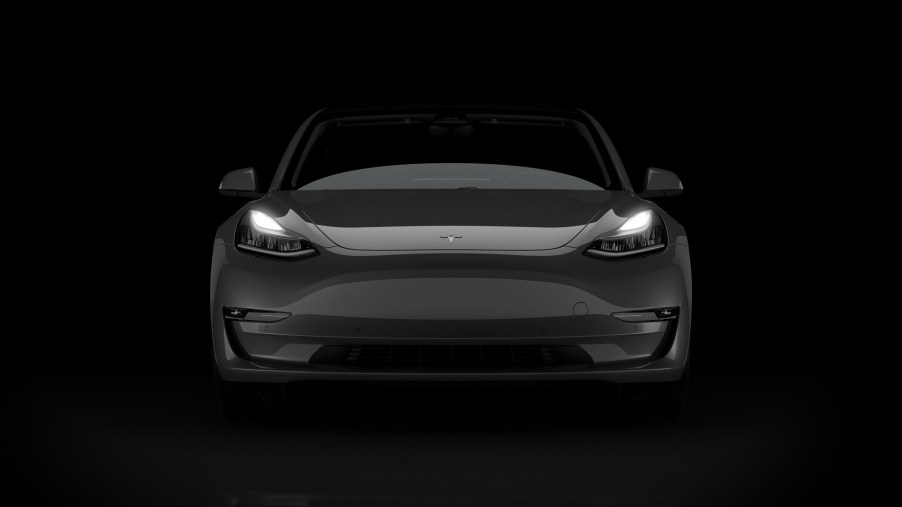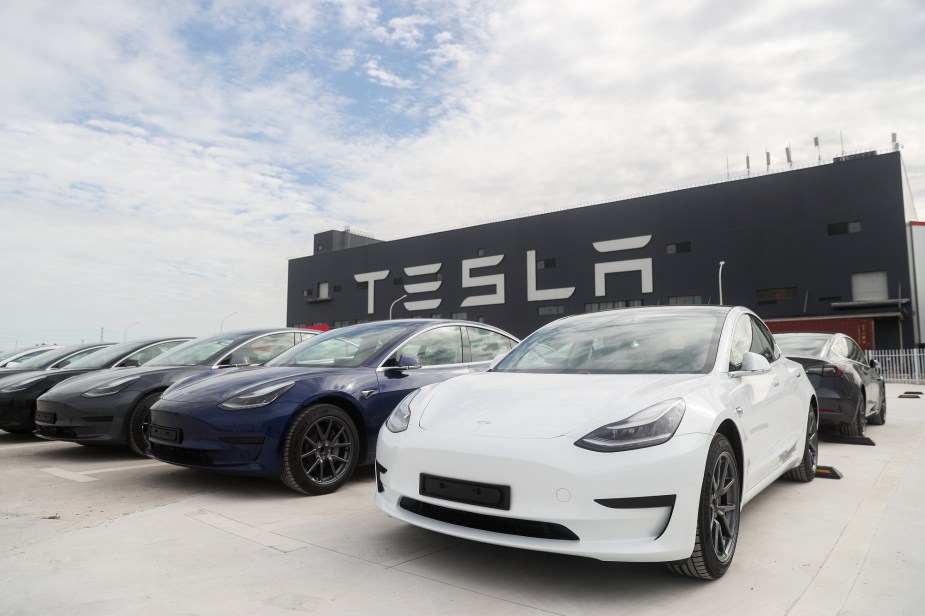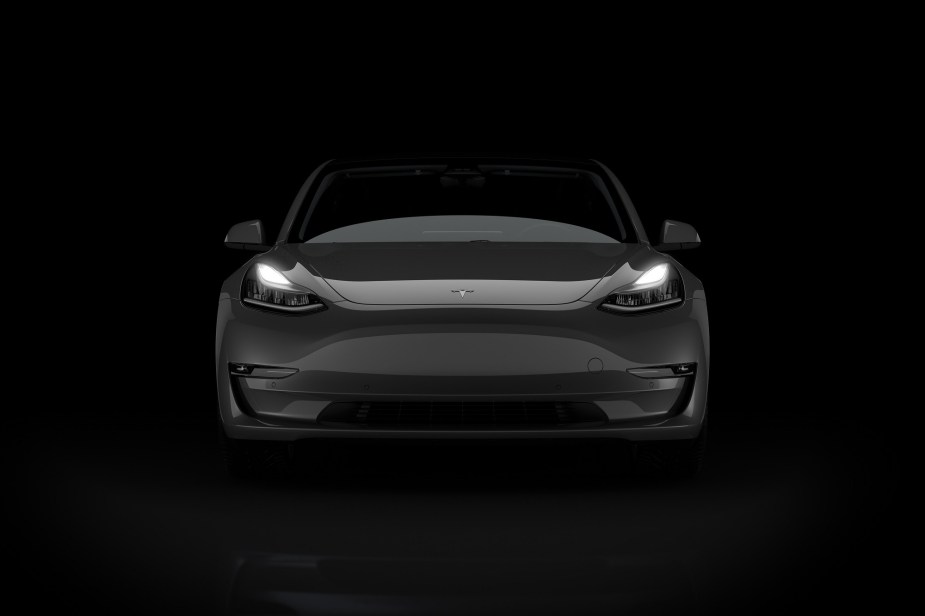
The Tesla Model 3 Refuses To Roll Over
The Tesla Model 3 is not only one of the safest electric vehicles (EVs) on the market but also one of the safest new cars in general. Some of the Tesla’s many safety credentials stem from the lack of a gas-powered engine, but its most interesting safety feature is its roll-over protection. Here’s how the Model 3 will not only resist crushing in a rollover but resists rolling over altogether.
Do Teslas roll over?
All cars can roll over, Tesla EVs included. However, Tesla and many other similar platform EVs tend to resist rolling over. That is a massive plus in safety considerations, given that rollover accidents can often result in trapped passengers or serious injuries.
Why does the Tesla Model 3 refuse to roll over?
In short, the Tesla Model 3 has a very low center of gravity, making it inherently resistant to rolling over. Tesla built the car on a skateboard-style chassis, meaning the batteries’ weight sits low, sort of like the riding surface on a skateboard. As a result, the heavy batteries keep most of the vehicle’s weight close to the ground and planted.

In the event of forces that cause a vehicle to roll over, the Tesla Model 3 often uprights itself. Considering a gas-powered car’s typical center of gravity, the baby Tesla is much less prone to rolling over.
What other Tesla EVs resist rolling over?
Like the Model 3, the Tesla Model Y proved itself rollover-resistant in safety testing. The Model Y is taller and heavier than the Model 3. However, it makes sense that the Model Y would be dimensionally different, given the differences between a sedan and a crossover.
Still, the low-riding batteries keep the Model Y’s center of gravity low. As a result, side impacts or any other rollover-inducing forces have to overcome that much more to tip the Model Y over. In addition to the Tesla Model Y, the other cars in the automaker’s lineup, the Model S and Model X, are similarly planted.
How does the Tesla Model 3 do when it does roll over?

If you manage to roll your Tesla Model 3 over (and it does happen) one more feature might help. The Tesla Model 3 has some of the highest safety credentials for roof-crush testing that the Insurance Institute for Highway Safety (IIHS) has ever tested. Specifically, the IIHS reports that the Model 3 can resist over 20,000 lbs of crushing force to its roof.
Based on the rollover protection, it’s easy to believe that the Model 3 has a IIHS Top Safety Pick+. Still, it should go without saying that you should avoid rolling your EV over. Scroll down to the following article to read more about the Tesla Model 3!



